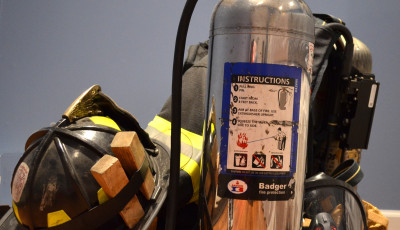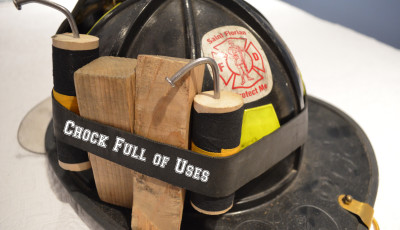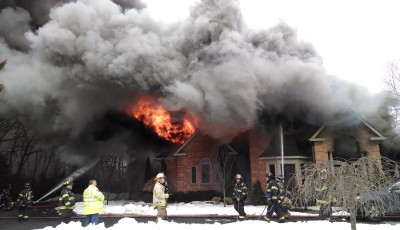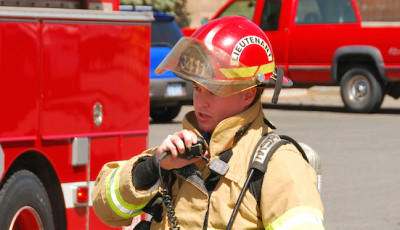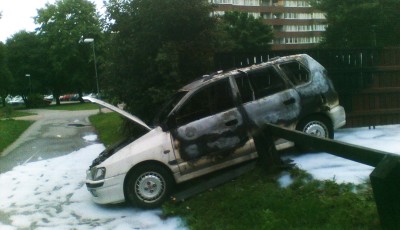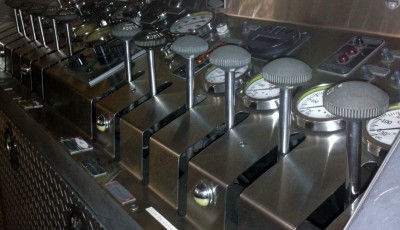The Standpipe Bag And Its Contents
In previous articles written by Andy Starnes we learned about the fundamentals behind standpipe and sprinkler operations. Today I would like to continue in the same direction and examine what we should consider carrying in our standpipe bag.
The standpipe bag, aka the high rise bag, the equipment bag or the hose bag, should contain all the appliances and other hardware you would need to help you make your connection to a structure’s standpipe and manage its operation. Standpipe systems can be found, not only in high rises; but also in any commercial establishment such as a grocery store, warehouse, store mall, or stand alone box store; just to name a few.
Because of this wide variety of structures we must be constantly preplanning our district. This will help determine the correct hardware and adapters needed to carry to help work effectively with the standpipe connection. Finding out what doesn’t work when the fire is working its way down the hallway isn’t acceptable.
Once you have the contents assembled make sure you pass along to your mutual aid partners any anomalies in your district’s standpipe systems so they may add the same appliances and hardware to their bags. Remember they may very well be backing you up. It is vital that they are as prepared as you are.
The Equipment
The essential equipment that, at minimum, should be considered to be carried are an inline pressure gauge, a pipe wrench, several sets of door chocks, a rope hose tool, small can of WD40 or PB Blaster, 6′ pony section of 3″ w/gated Y (sized by your department SOP), a fog nozzle (flow choice/size per your department SOP), a smooth bore nozzle with assorted tip sizes (flow choice and size per your department SOP), a handwheel, and several varied sized adapters/reducers such as a 2 1/2-inch to 1 1/2-inch reducer. The bag itself to carry this equipment should be wide and deep enough to accommodate everything with a good shoulder strap balancing the weight to be carried.
Equipment Review
A 6′ pony section of 3″ hose with a gated Y gives you the option to advance two lines off the standpipe. The decision of what sized gated Y to carry (as well as what size hose line to carry, should be based on your district and department/company needs. Everyone has different needs and justifications. There is no right answer to the sized hose or appliances to carry.
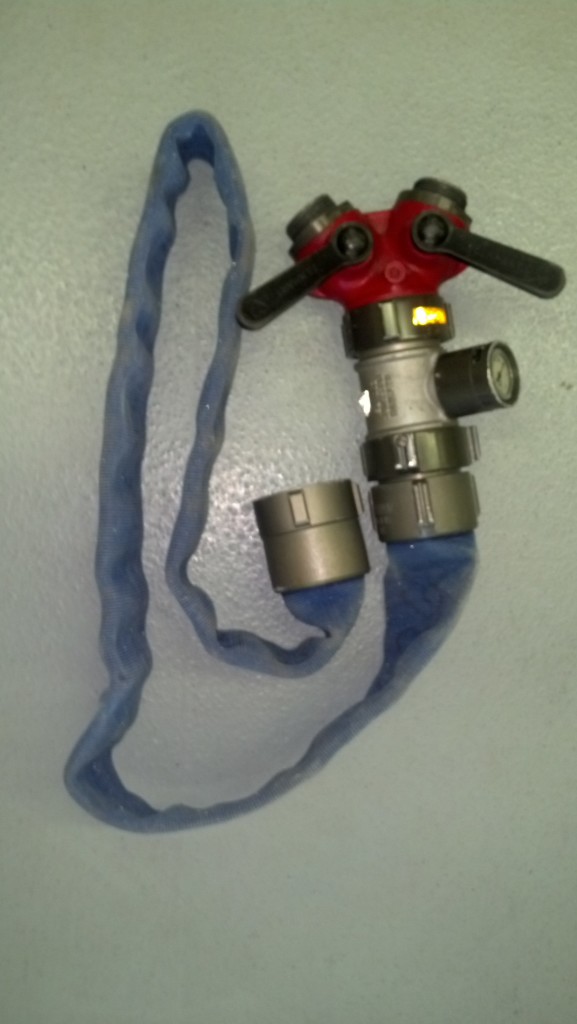
The inline pressure gauge helps the attack crew troubleshoot water supply issues and also better manage pressures
An inline pressure gauge can be incorporated into the pony section itself or used separately. This tool gives you a good idea of the pressure you are getting from either the pumper on the FDC or the building fire pump. It is also provides information as to the status of the water supply, from either the pumper on the FDC to the standpipe connection or from the standpipe connection to your hoseline. Issues with water supply can be deduced by monitoring the inline gauge. By assigning a firefighter to the gauge its as if you have brought the engine into the stairwell.
Until next time, preplan, review your tools, and be safe.

